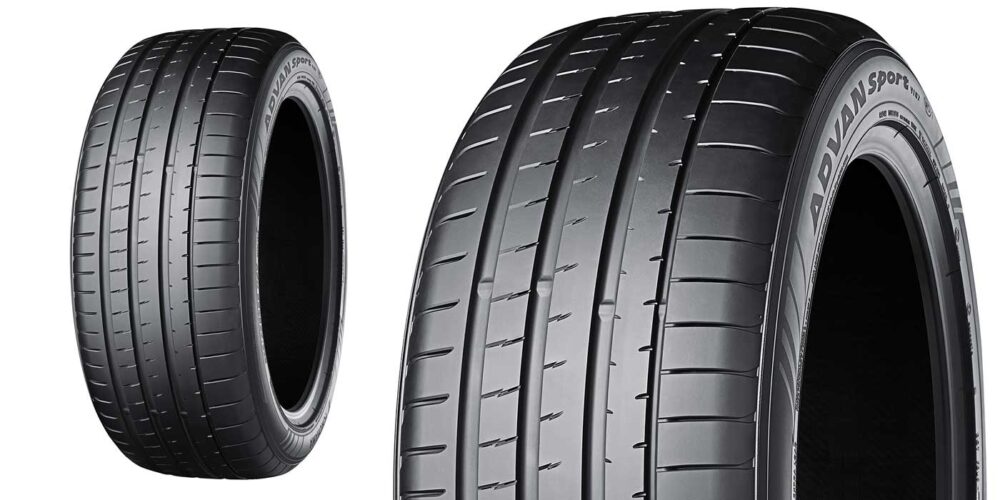In the last of a series of three articles about how different types of wheels are made, we now turn our focus to three-piece designs.
What are three-piece wheels? And, what is so great about them? As the name states, this type of wheel is an assembly of three components. Like a two-piece wheel, the center is one piece. As covered in the previous articles, the center can be cast aluminum, billet aluminum or forged billet aluminum.
Each wheel construction has its own pros and cons, as we’ve discussed in previous articles. The difference with a three-piece design is that the outer hoop is two distinct pieces that are bolted to the face.
“This design allows for flexibility in offset and width,” says John Wallace, vice president of sales at HRE Wheels, one of a few high-end American wheel companies.
“By simply changing the front or rear halves with pieces of different widths, you can effectively place the center anywhere you want. Another advantage is if the wheel needs repair, typically, you only replace the damaged part instead of the whole wheel.”
And, in cases where the offset needs to be changed just a few millimeters, the mounting pad of the wheel can be shaved to attain the exact dimensions required.
HRE Wheels offers some unique features in its three-piece wheels. Introduced early last year, its 840 series wheels are designed with hidden hardware.
Traditionally, three-piece wheels have bolt heads of various kinds showing around the perimeter of the face where all three pieces are secured. Once a wheel is assembled, the seam is sealed with silicon. HRE designed this series so that the hardware is bolted into the face of the wheel from the rear. The result is a clean face, with no visible hardware showing.
The new 940 R series leans more toward luxury than sport. This series has a thicker, bolder design that translates into a heavier load rating to handle SUVs and heavier European cars, such as the Mabach, 7-Series BMW and Bentley.
The prestige of owning three-piece wheels has incited rappers to create lyrics about them, referring to bolt heads as “buttons.” Truly a status symbol, a painted center/polished lip wheel will set a customer back $500 to $1,200 per wheel, depending on size and finish.
Who spends that kind of money? Take a look at www.scca.com, and notice the types of wheels on Solo event race cars. A year ago, we wrote about the local SCCA club where there were several weekend racers running three-piece wheels, all looking for a fraction-of-a-second advantage.
The other side of the market doesn’t care about the performance aspects; they want style, high quality and a custom fit and finish.
Another factor contributing to the high retail value of these wheels is the fact that most are custom built to very exacting specifications. Take a look at the above dimension chart. You can see very clearly the amount of detail needed to produce a set of these wheels.
Every suspension component, brake-system constraint, hub measurement and inner-fender-well clearance is taken into account. OE tire pressure monitoring system (TPMS) sensors are compatible, since each wheel is built for a specific vehicle.
From here, exact measurements – within a small fraction of an inch – allow an installer to fit the largest and widest tire and wheel assembly onto the vehicle with a minimal of clearance. Very rarely are two orders exactly the same because of various components used on the vehicle, so each wheel is nearly a one-off product, requiring considerable setup time on CNC machines and final assembly by hand.
Compare this to one-piece wheels that are built in one mold to fit dozens of different vehicles but allow few modifications. Now, you start to get the big picture as to why three-piece wheels have such high retail prices.
What’s more, many are built in Japan and Europe, so they have import tariffs attached to the price.
As you read this, the wheel-selling season is about to start. It might be a good idea to combine these last three articles into a training manual. Make sure your employees understand the differences between one-, two- and three-piece wheels and the pros and cons of each. That knowledge will allow your staff to close more wheel sales.
For those dealers serving customers who demand absolute performance, next month, we’ll take a look at new and emerging technologies in wheel manufacturing that promises to deliver lightweight yet strong wheels.













